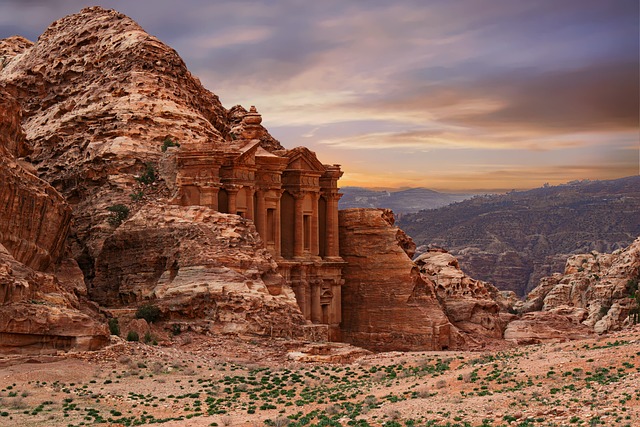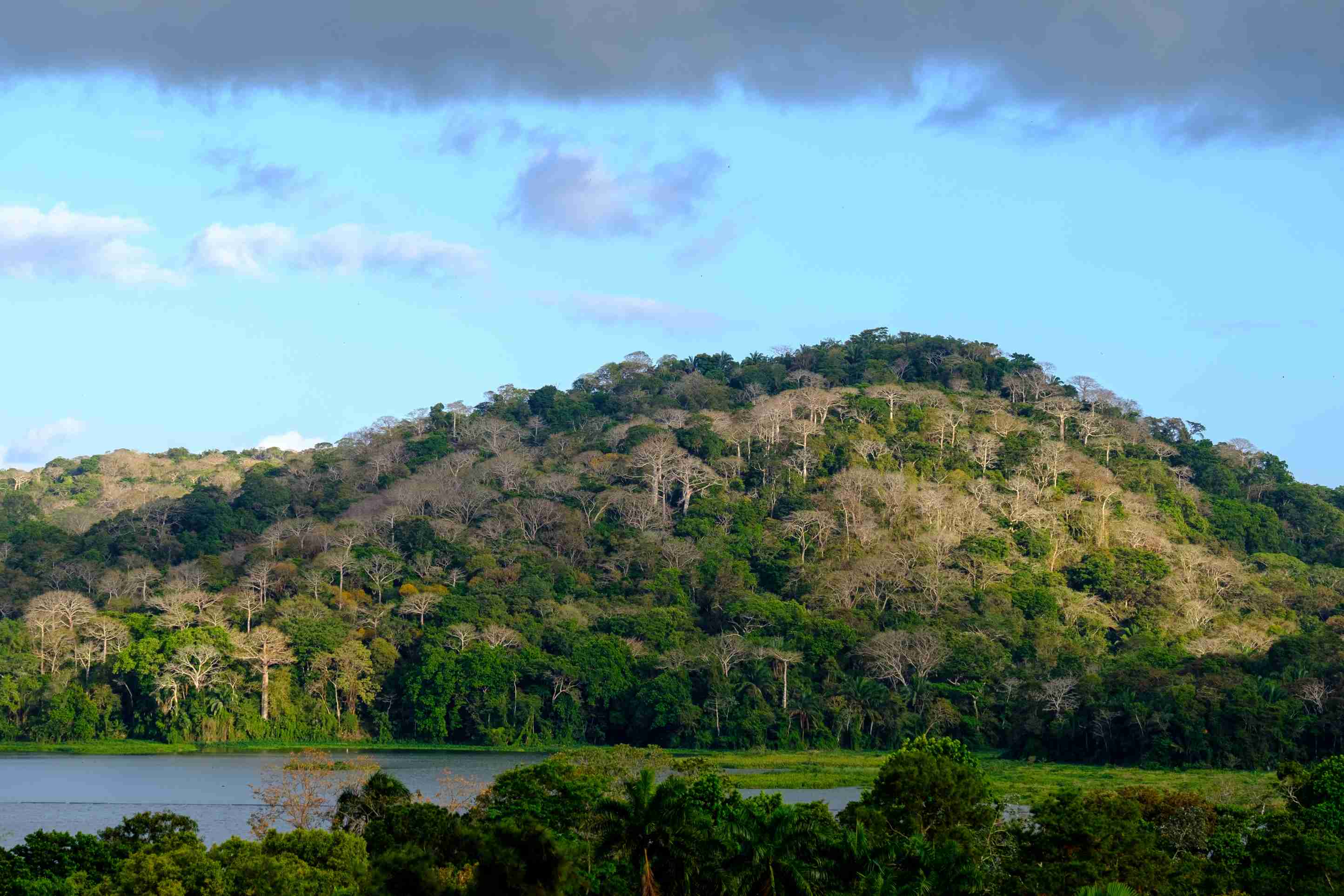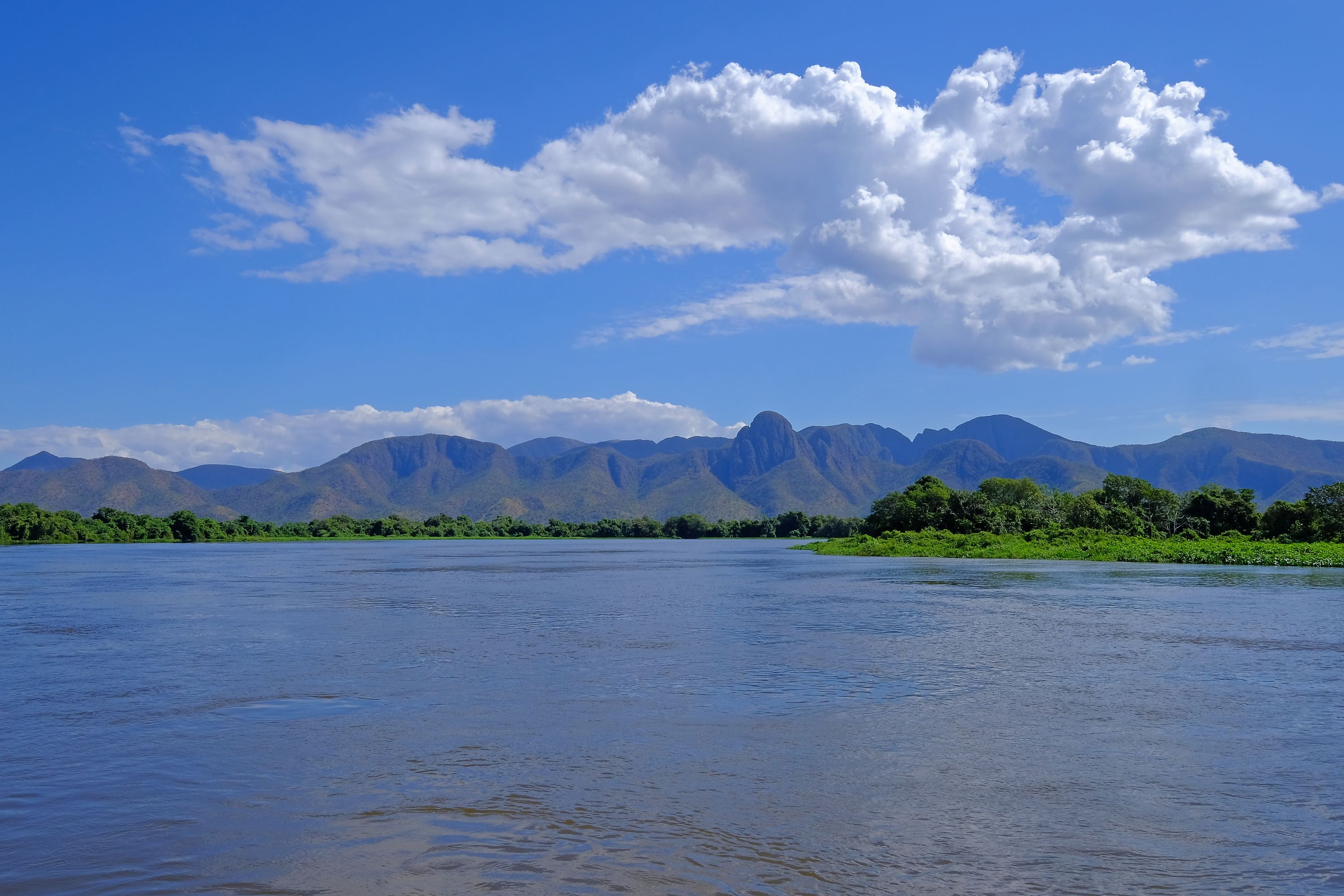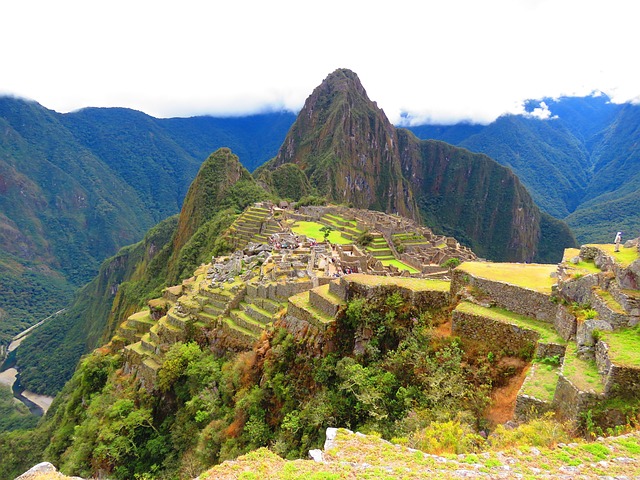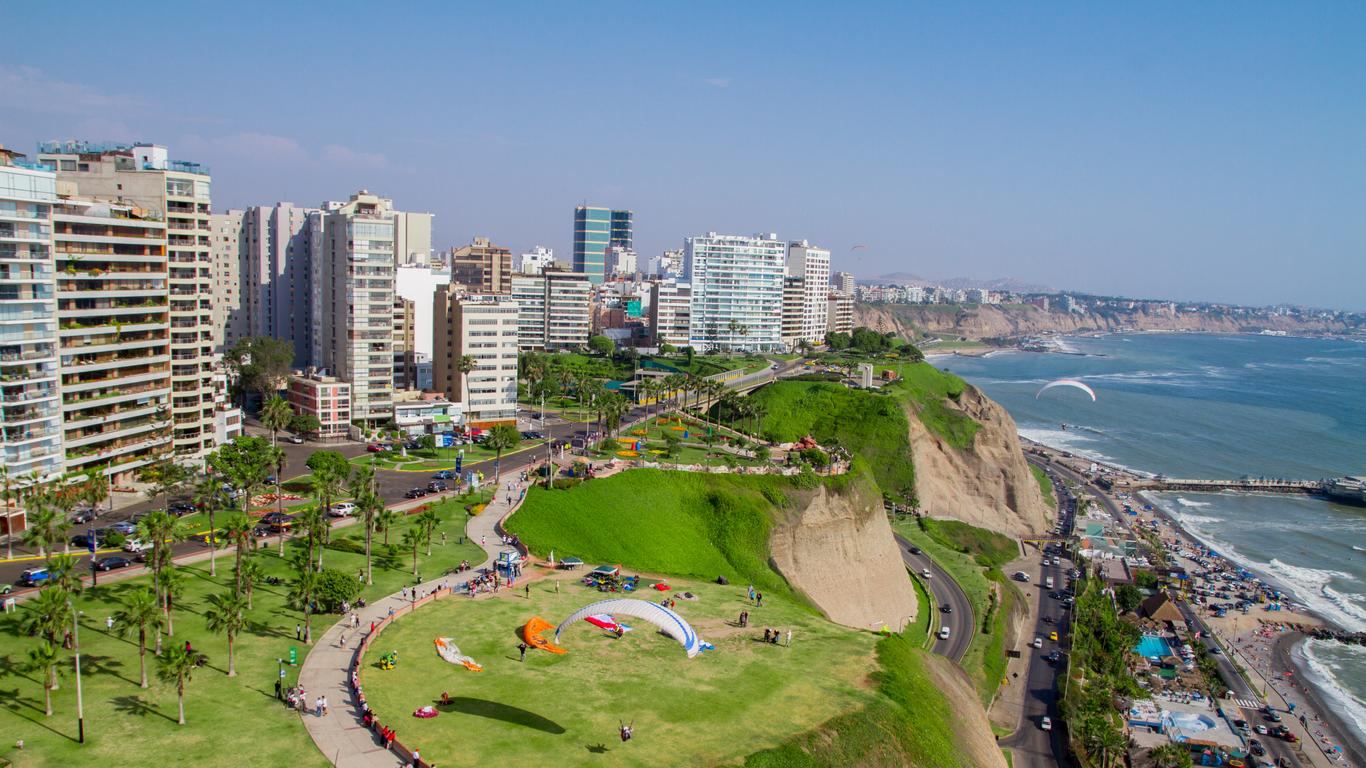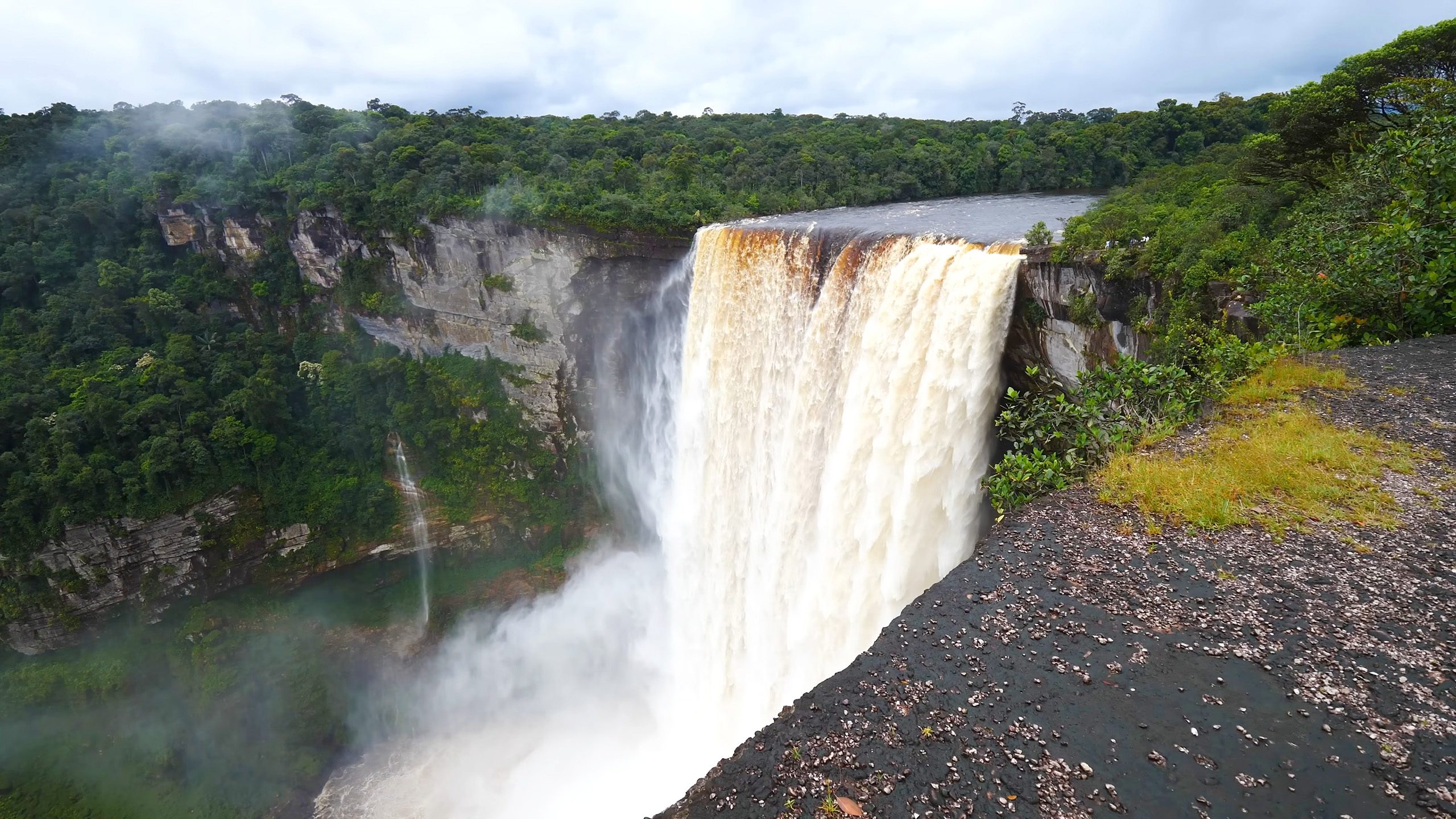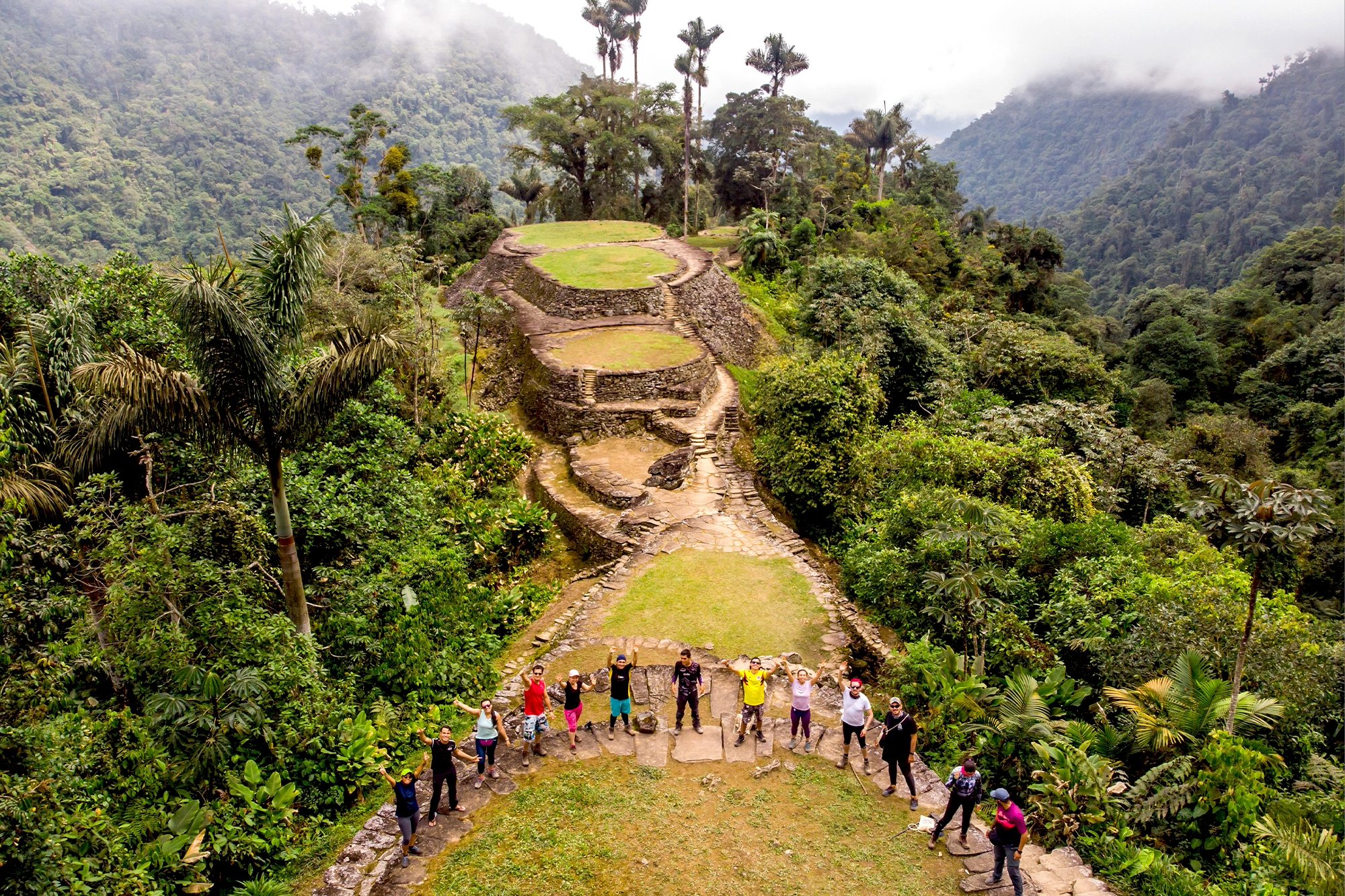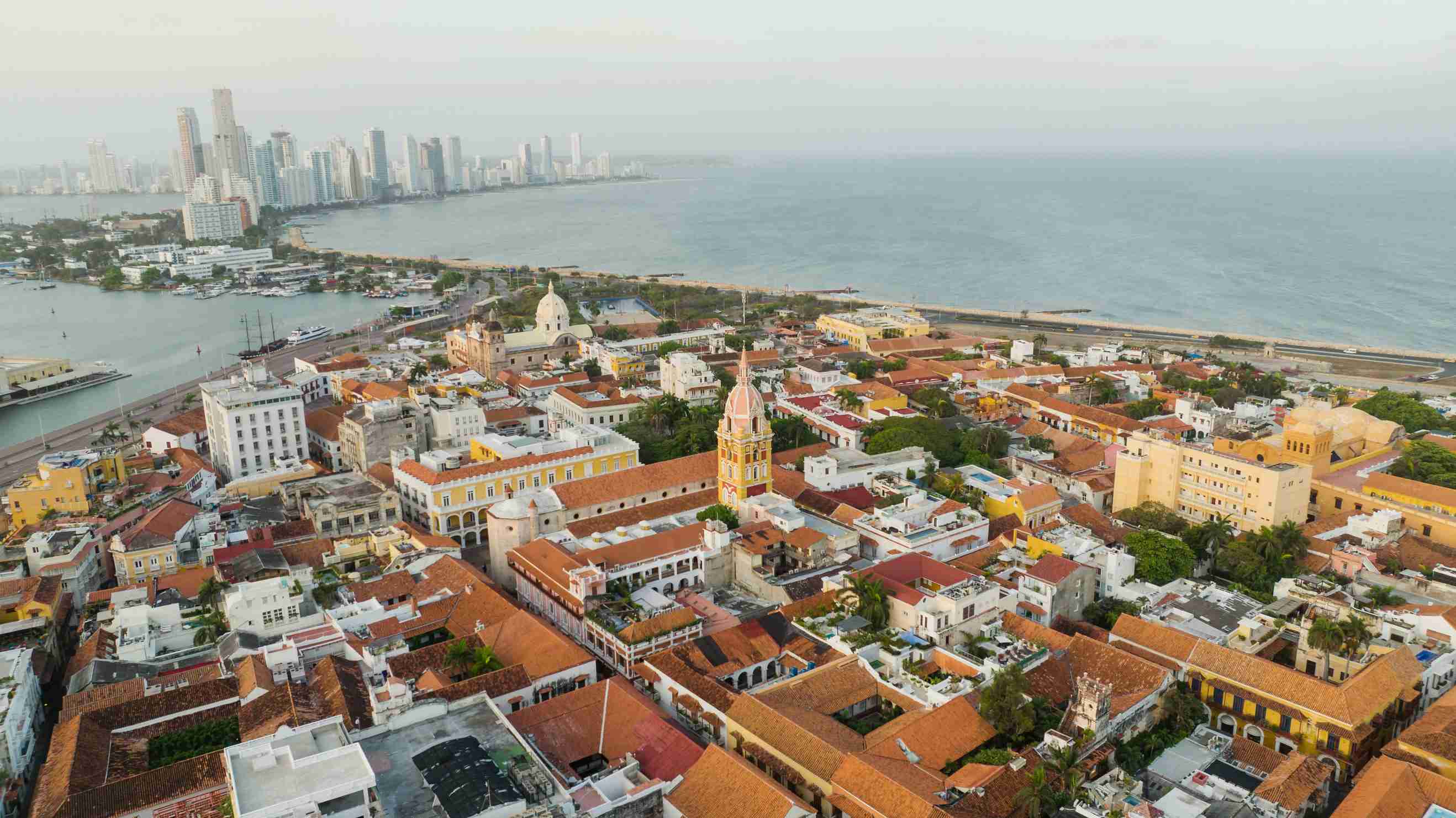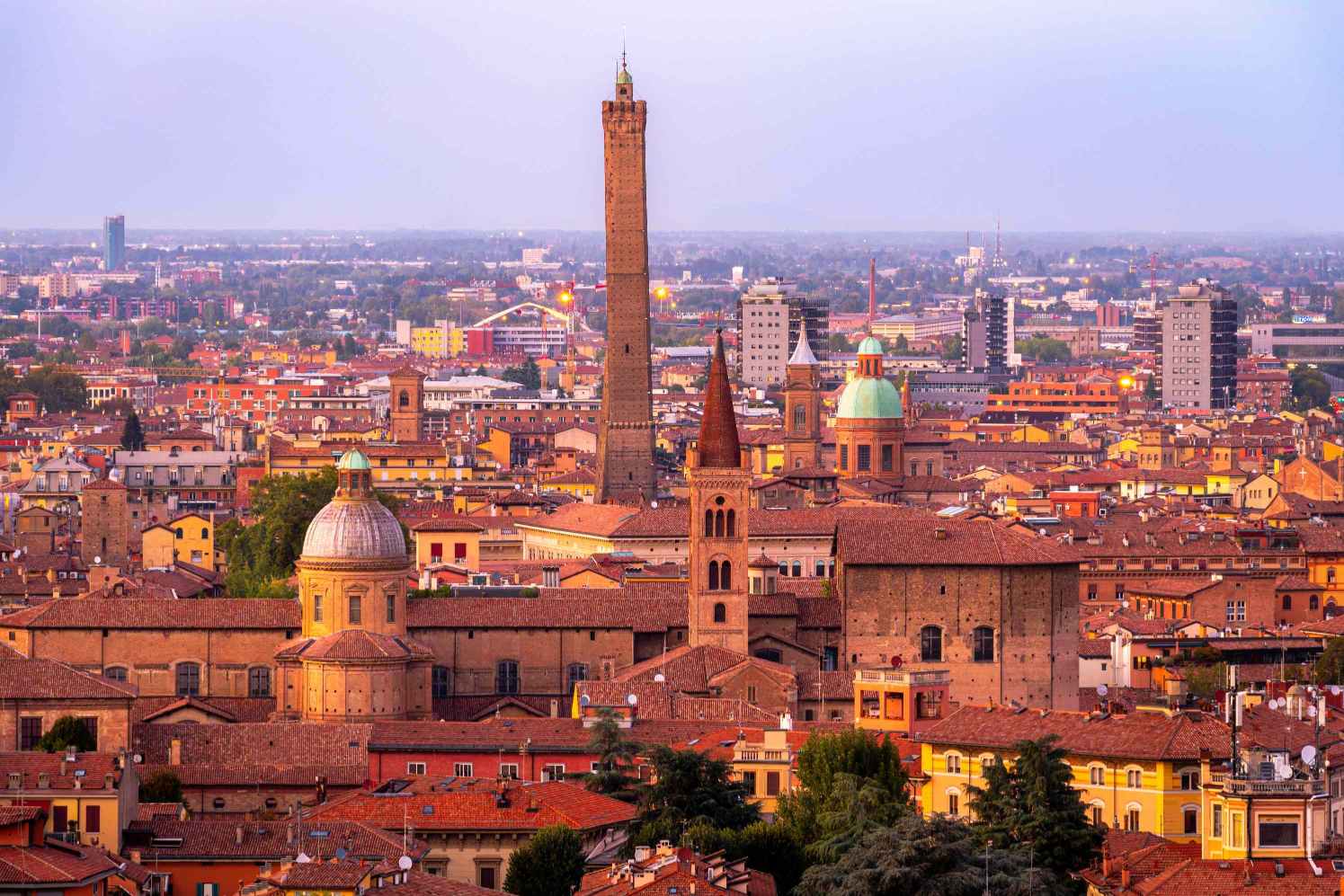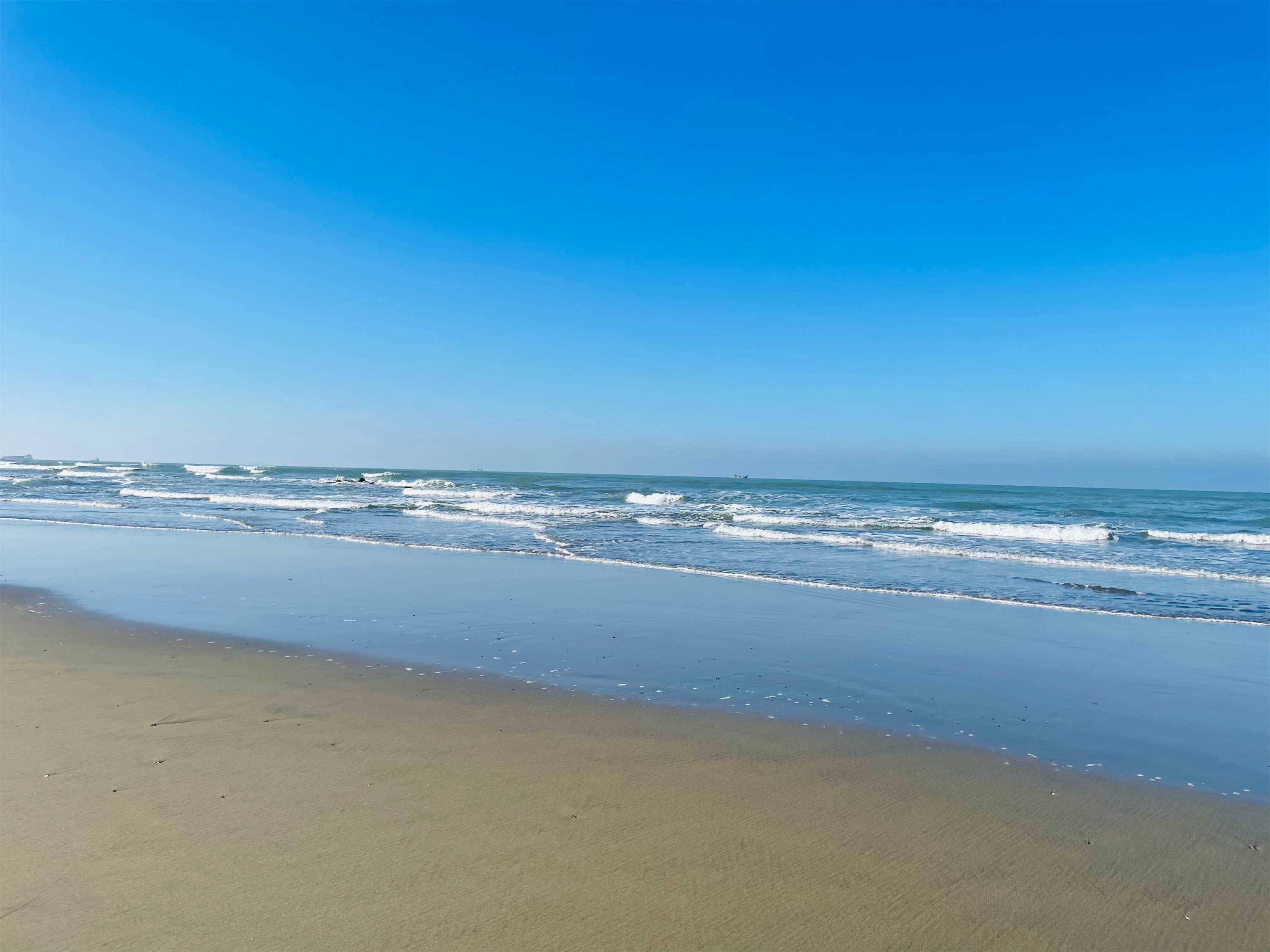Petra, often referred to as the “Rose-Red City,” is one of the most iconic archaeological sites in the world. Located in the southern desert of Jordan, Petra is a UNESCO World Heritage Site and one of the New Seven Wonders of the World. Known for its rock-cut architecture and water conduit system, Petra was the capital of the Nabataean Kingdom and a major trading hub in ancient times.
The city is famous for its stunning facades carved directly into the rose-red sandstone cliffs, with the Treasury (Al-Khazneh) being the most iconic structure. Whether you’re exploring its ancient ruins, hiking through its rugged landscapes, or learning about its rich history, Petra promises an unforgettable journey into the heart of Jordan.
Main Attractions of Petra, Jordan
Petra is packed with incredible sights and experiences. Here are the top attractions you shouldn’t miss:
-
The Treasury (Al-Khazneh):
- The most iconic structure in Petra, the Treasury is a magnificent facade carved into the sandstone cliff. It’s the first major monument visitors encounter after passing through the Siq.
-
The Siq:
- A narrow, winding canyon that serves as the main entrance to Petra. The 1.2-kilometer-long path is lined with carved niches and water channels, offering a dramatic introduction to the ancient city.
-
The Monastery (Ad-Deir):
- One of the largest monuments in Petra, the Monastery is located at the top of a steep climb. The effort is rewarded with breathtaking views and a massive facade similar to the Treasury.
-
The Royal Tombs:
- A series of impressive tombs carved into the cliffs, including the Urn Tomb, Silk Tomb, and Corinthian Tomb. These tombs offer a glimpse into the architectural prowess of the Nabataeans.
-
The High Place of Sacrifice:
- A sacred site located on a hilltop, offering panoramic views of Petra. The site includes altars and ceremonial platforms used for ancient rituals.
-
The Petra Theater:
- A Roman-style theater carved into the rock, capable of seating 3,000 spectators. It’s a testament to the cultural fusion of the Nabataean and Roman periods.
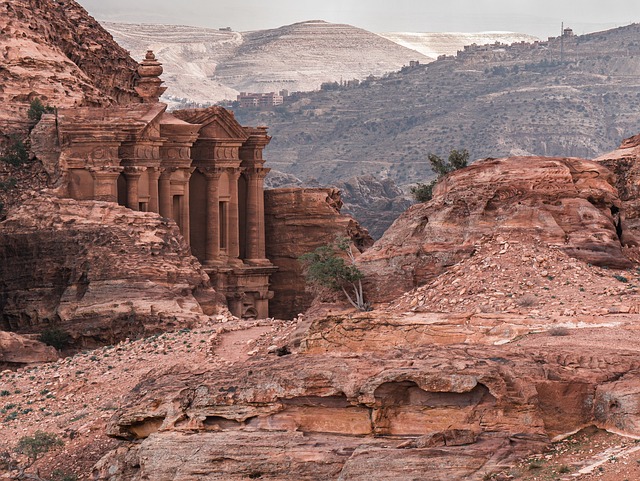
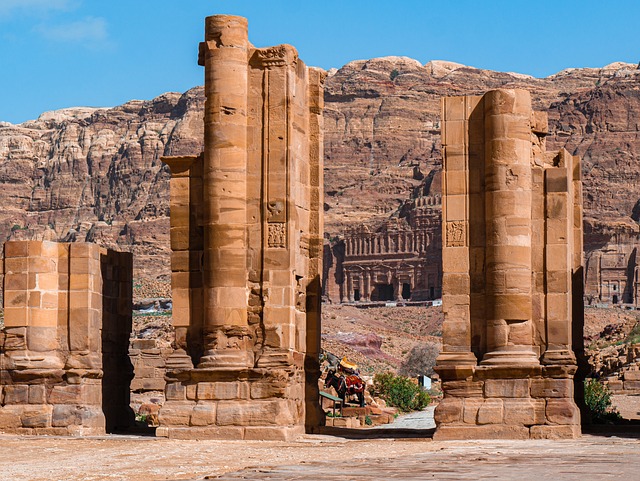
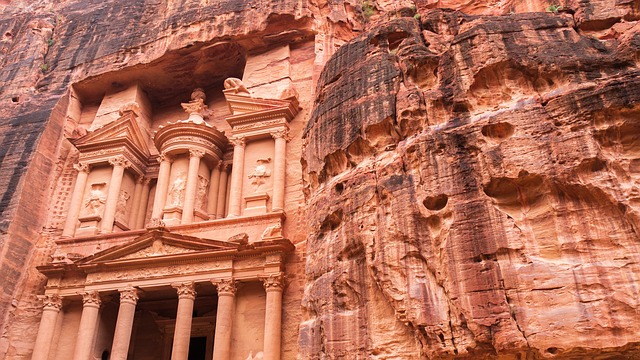
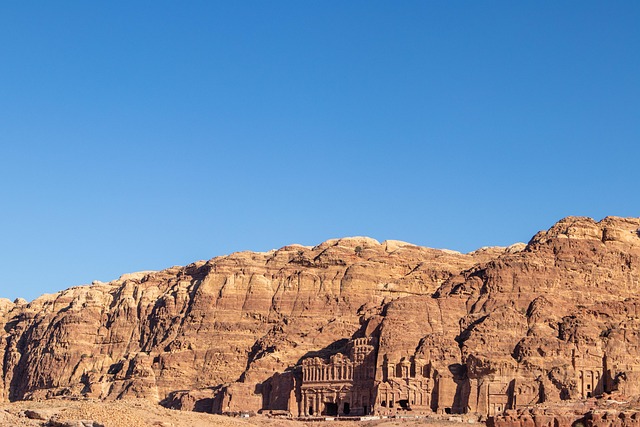
Culture of Petra, Jordan
Petra’s culture is deeply rooted in the Nabataean civilization, with influences from Greek, Roman, and Arab traditions. Key cultural highlights include:
- Nabataean Architecture: The rock-cut facades and intricate carvings are a testament to the engineering and artistic skills of the Nabataeans.
- Ancient Trade Routes: Petra was a major hub on the Silk Road, connecting the East and West. The city’s water management system and caravanserais reflect its importance as a trading center.
- Bedouin Culture: The local Bedouin communities have lived in and around Petra for centuries, preserving their traditional way of life and hospitality.
How to Reach Petra, Jordan
Petra is easily accessible from major cities in Jordan. Here’s how to get there:
-
By Air:
- The nearest airport is Queen Alia International Airport (AMM) in Amman, located about 240 kilometers (150 miles) from Petra. From there, you can take a bus, taxi, or private car to Petra.
-
By Road:
- Buses and private cars can be hired from nearby cities like Amman (about 3 hours) and Aqaba (about 2 hours).
-
By Tour:
- Many tour operators offer guided tours to Petra, including transportation from Amman or other nearby cities.
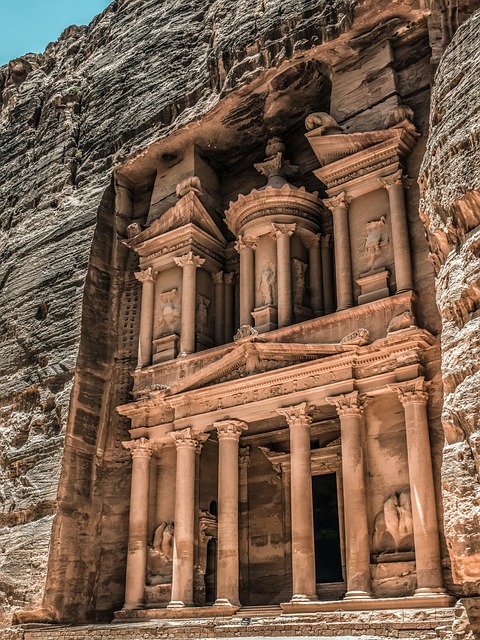
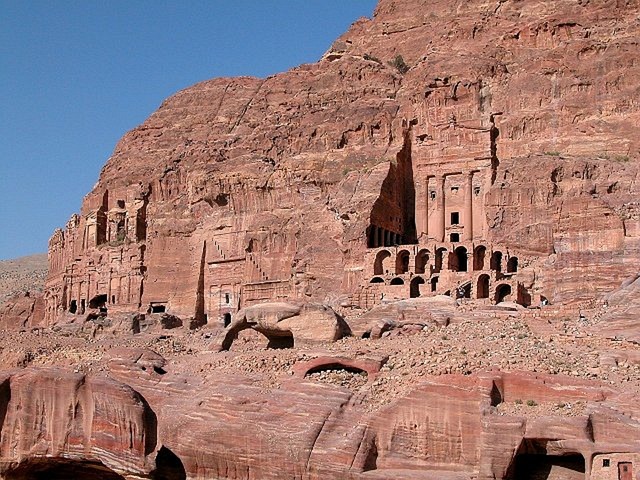
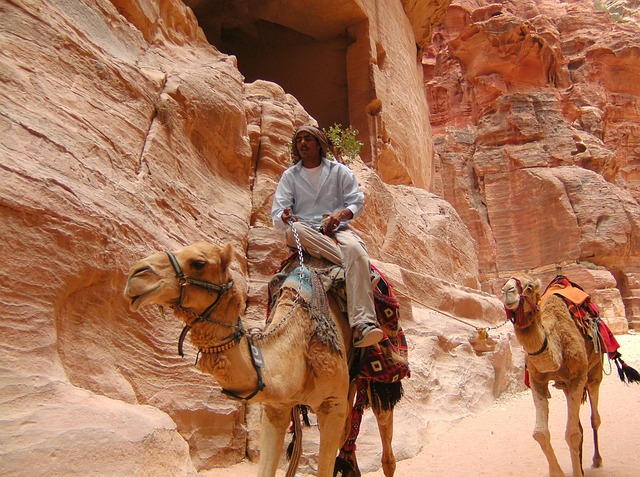
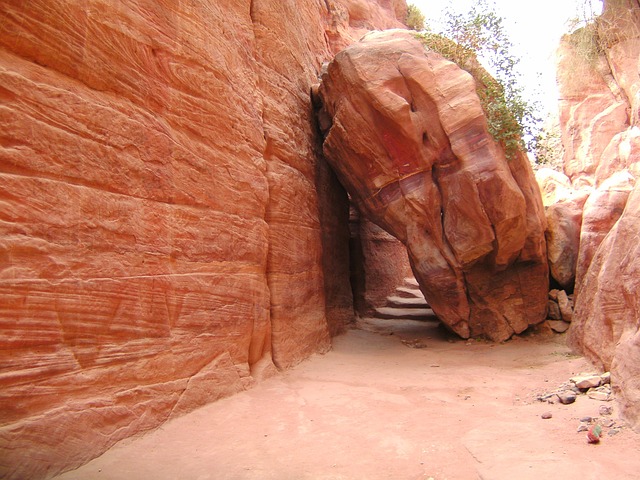
Accommodation Arrangements
Petra offers a range of accommodation options to suit all budgets:
-
Luxury Hotels:
- Mövenpick Resort Petra: Offers luxurious accommodations with stunning views of the surrounding mountains.
- Petra Marriott Hotel: A high-end hotel known for its elegant design and personalized service.
-
Mid-Range Hotels:
- Petra Moon Hotel: A comfortable hotel with modern amenities.
- Petra Guest House Hotel: Offers affordable rooms and a central location.
-
Budget Stays:
- Valentine Inn: A budget-friendly option with a lively atmosphere.
- Rocky Mountain Hotel: Offers affordable dormitory and private rooms.
Local Foods to Try
While visiting Petra, don’t miss the chance to try local cuisine. Here are some must-try dishes:
- Mansaf: A traditional Jordanian dish made with lamb, rice, and a yogurt sauce, often served during special occasions.
- Maqluba: A flavorful dish of rice, vegetables, and meat, cooked in a pot and flipped upside down before serving.
- Falafel: Deep-fried balls made from ground chickpeas and spices, often served in pita bread with tahini sauce.
- Shawarma: Grilled meat (usually chicken or lamb) served in flatbread with vegetables and sauces.
- Knafeh: A sweet dessert made with cheese, semolina, and syrup.
Many restaurants and street food stalls also offer international cuisine for those who prefer familiar flavors.
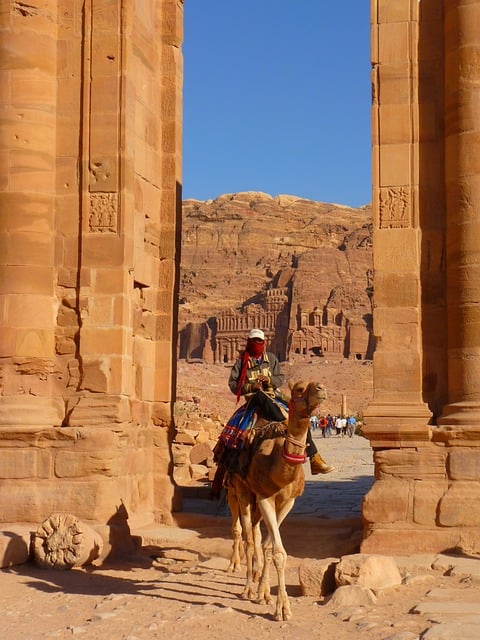
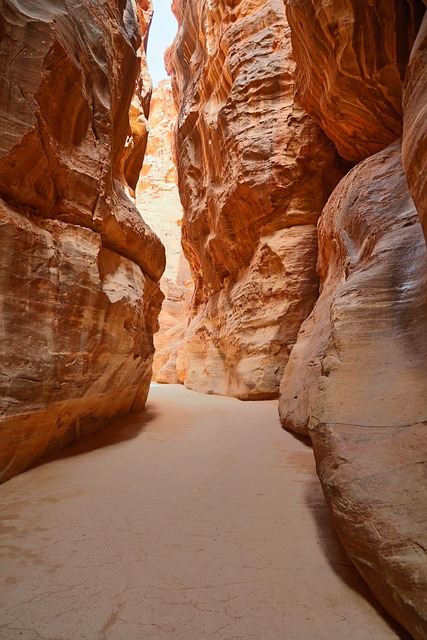
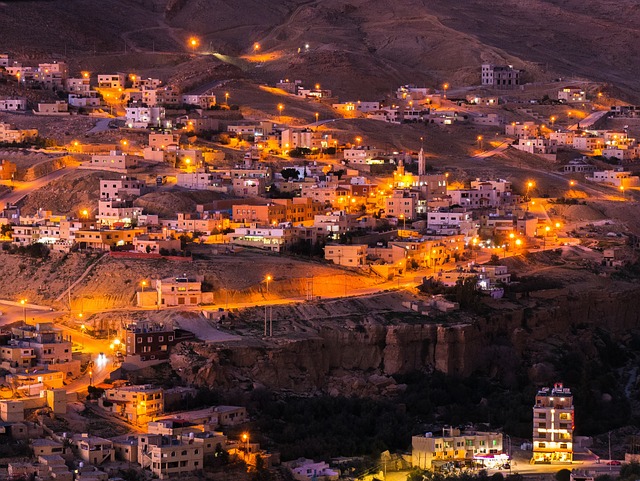

Best Time to Visit
The best time to visit Petra is during the spring (March to May) and autumn (September to November), when the weather is pleasant and the skies are clear. The summer (June to August) can be extremely hot, while the winter (December to February) brings cooler temperatures and occasional rain.
Where to Visit Nearby
While in Petra, consider exploring these nearby attractions:
- Wadi Rum: A stunning desert landscape known for its red sand dunes and rock formations. It’s often referred to as the “Valley of the Moon.”
- Dead Sea: The lowest point on Earth, known for its therapeutic properties and unique floating experience.
- Amman: The capital of Jordan, known for its historic sites and vibrant culture.
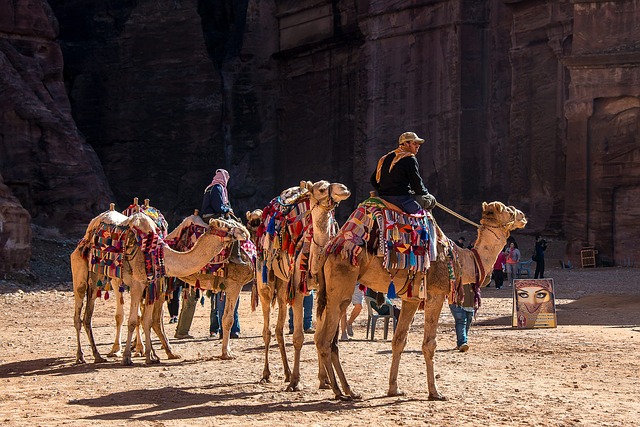

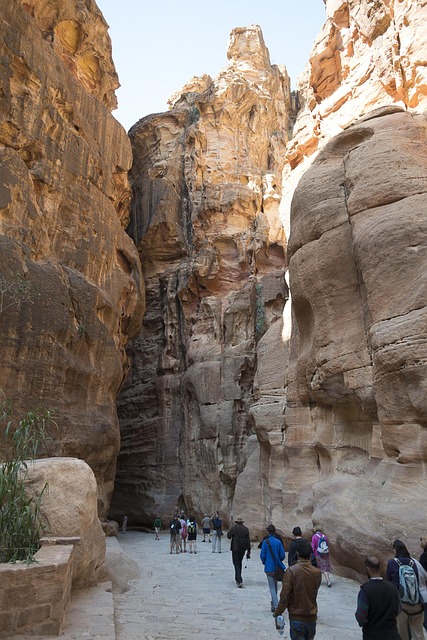
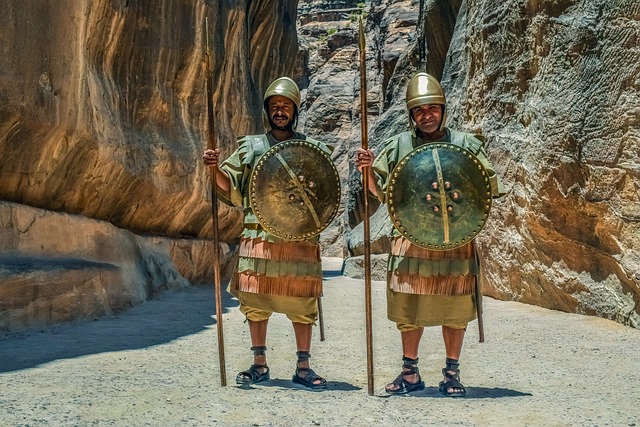
Where to Shop
- Local Markets: Visit markets in Wadi Musa (the town near Petra) for handicrafts, jewelry, and souvenirs.
- Traditional Crafts: Look for Nabataean-inspired pottery, sand art, and handmade jewelry.
Things to Do
- Explore the Siq and Treasury: Walk through the narrow canyon to reach the iconic Treasury.
- Hike to the Monastery: Climb the steep path to see one of Petra’s largest monuments.
- Visit the Royal Tombs: Explore the impressive tombs carved into the cliffs.
- Enjoy a Bedouin Experience: Spend time with local Bedouin communities to learn about their culture and traditions.
What to Pack
- Comfortable walking shoes
- Lightweight, breathable clothing
- Sunscreen, hat, and sunglasses
- A reusable water bottle
- Camera or smartphone for photos

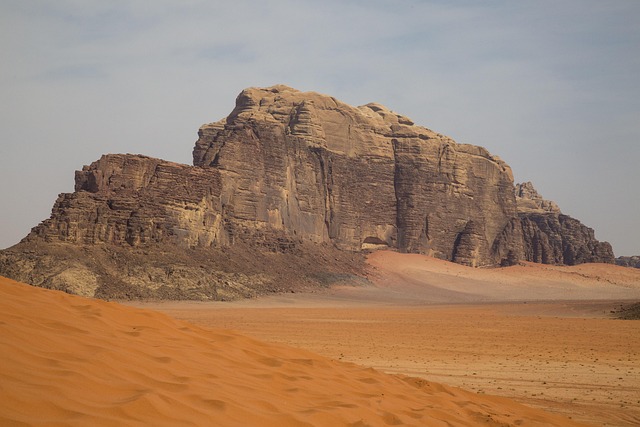
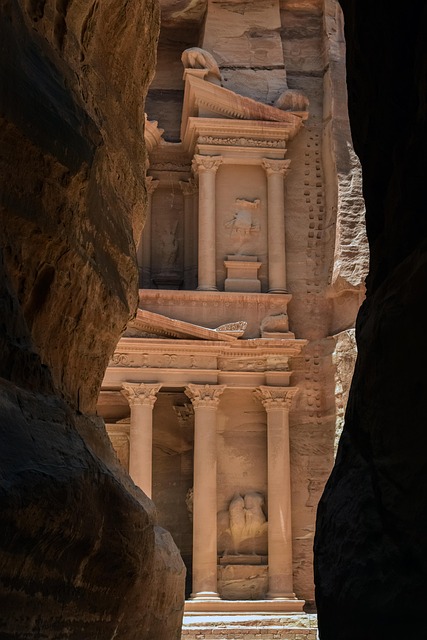

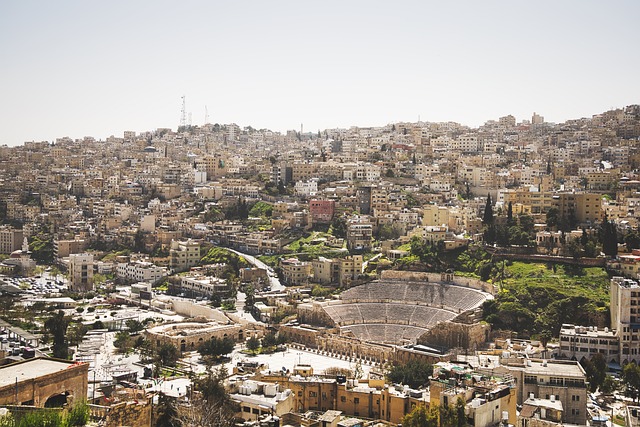
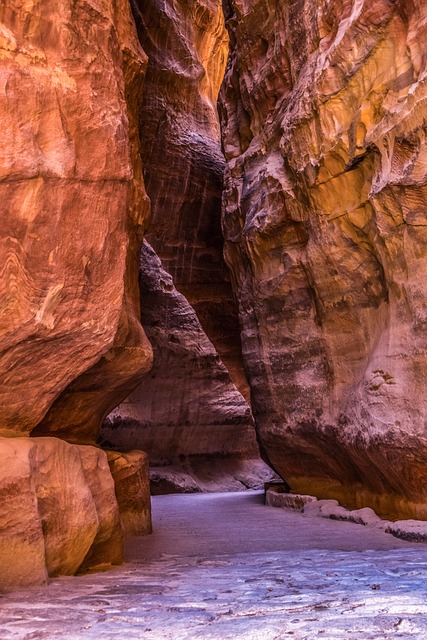
Petra is a city that captures the essence of ancient history and natural beauty. Whether you’re exploring its iconic rock-cut facades, hiking through its rugged landscapes, or learning about its rich cultural heritage, Petra promises an unforgettable journey into the heart of Jordan. It’s a destination that showcases the best of Jordan’s history and hospitality.
FAQs
-
How much time is needed to explore Petra?
- At least 2-3 days are recommended to explore Petra thoroughly.
-
Is Petra safe for tourists?
- Yes, Petra is generally safe, but always be mindful of your belongings and follow local advice.
-
Do I need a visa to visit Petra?
- Visa requirements vary by nationality. Many travelers can obtain a visa on arrival or an e-Visa for Jordan.
-
What is the local currency?
- The local currency is the Jordanian Dinar (JOD).
-
Are there health risks in Petra?
- Petra is a modern tourist destination with good facilities. No specific vaccinations are required, but it’s always good to have travel insurance.
-
What is the best way to get around Petra?
- Walking is the best way to explore Petra. For longer distances, donkey, horse, or camel rides are available.
Petra is a true gem of Jordan, offering a journey through history, culture, and natural beauty. Plan your trip well, and prepare to be amazed by this timeless wonder!

